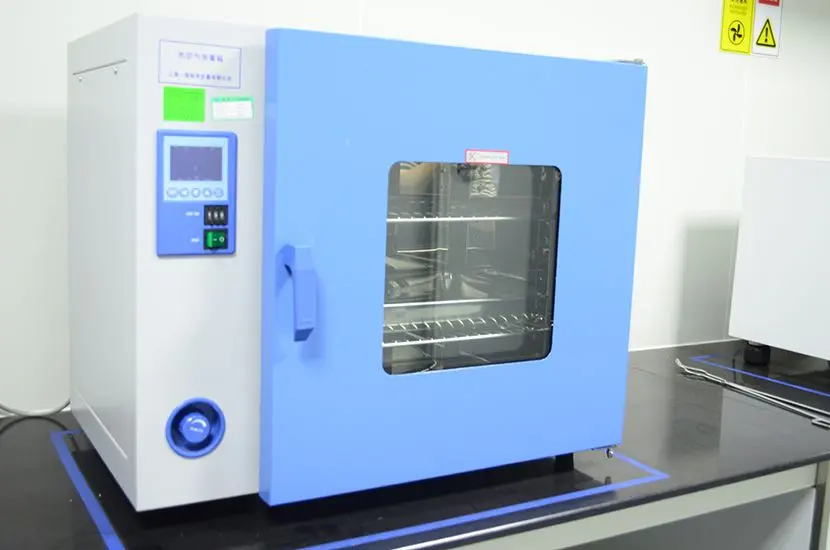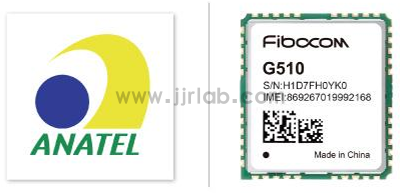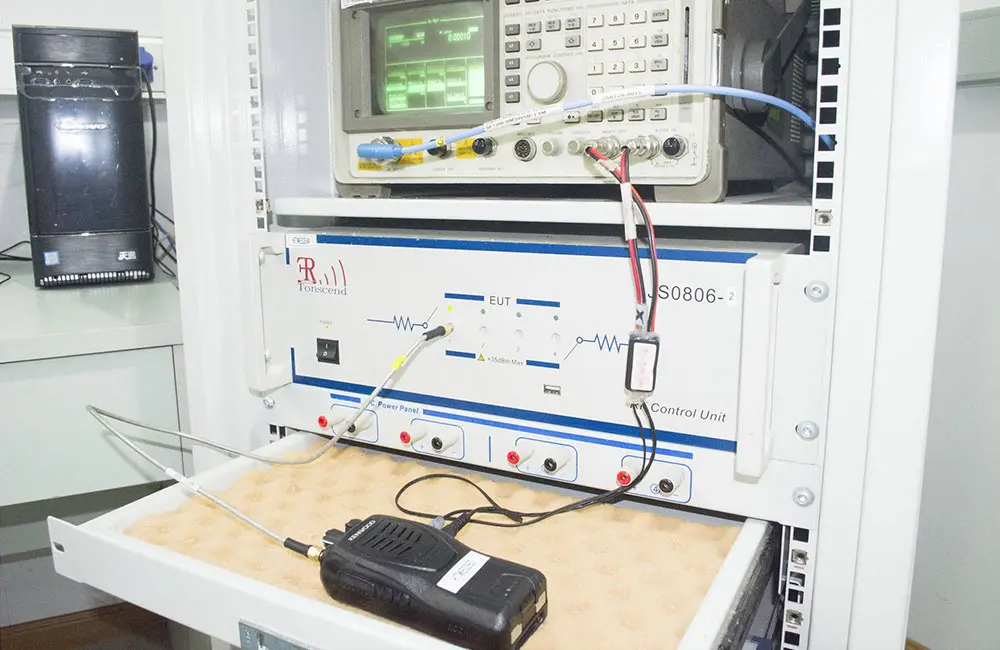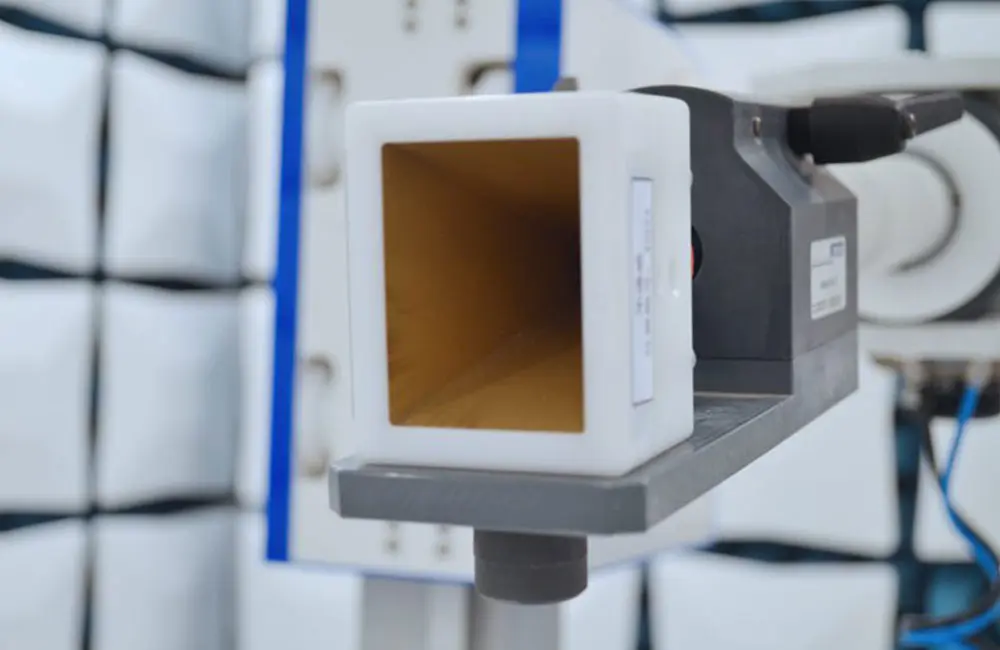
Electric Blankets CE Certification EN 60335-2-17 Test
Electric blankets are a type of contact electric heating appliance. Insulated flexible electric heating elements are interwoven or sewn into blankets in a serpentine pattern. When powered, they emit heat. To endure the winter, Europeans have turned to purchasing Chinese electric blankets in large quantities.
In January this year, the EU's 27 member states imported 189,000 electric blankets from China per month, a figure that rose to 521,000 in June and further surged to 1.29 million in July. Electric blankets have become a popular product in the EU!
So, how can electric blankets be exported to Europe? What certifications are required? Today, China's JJR Laboratory will provide an in-depth explanation!
Directives and Standards for Electric Blanket CE certification
Electric blankets comply with the following CE directives and standards:
- Low Voltage Directive (LVD): 2014/35/EU
- Electromagnetic Compatibility Directive (EMC): 2014/30/EU
- LVD Standards:
- EN 60335-1
- EN 60335-2-17
- EMC Standards:
- EN IEC 55014-1
- EN IEC 55014-2
- EN 61000-3-2
- EN 61000-3-3
The full title of EN 60335-2-17:2013/A2:2021 is:
"Household and similar electrical appliances – Safety – Part 2-17: Particular requirements for blankets, pads, clothing, and similar flexible heating appliances."
This standard specifies safety requirements for electric blankets, heating pads, and similar flexible heating devices designed for bed or use by healthy individuals. Heating pads for pets, disabled persons, or infant care are not covered under this standard.
CE Certification Testing for Electric Blankets
1. EMC Testing:
- Radiated emissions
- Conducted interference
- Harmonics
- Flicker
- Electrostatic discharge (ESD)
- Electrical fast transients/bursts
- Voltage dips
- Conducted immunity
- Radiated immunity
- Surges and lightning
- Power frequency magnetic field immunity
2. Safety Testing:
- Insulation
- Withstand voltage
- Leakage current
- Temperature rise
CE Certification Application Process for Electric Blankets
1. Step 1: Application
- Complete the application form.
- Provide company information.
- Submit product documentation and samples.
2. Step 2: Quotation
- Testing engineers will determine the applicable standards, testing duration, and costs based on the provided information.
3. Step 3: Payment
- Confirm the quotation, sign the application form and service agreement, and make the payment.
4. Step 4: Testing
- The laboratory conducts comprehensive tests on the product according to relevant EU standards.
5. Step 5: Report Completion
- Testing is successfully completed, and the report is prepared.
6. Step 6: Certification
- The CE certificate is issued upon project completion.
Email:hello@jjrlab.com
Write your message here and send it to us
 European Food Contact Materials Testing
European Food Contact Materials Testing
 How to Certify Wireless Products for Export to Bra
How to Certify Wireless Products for Export to Bra
 How to Comply with CE-RED for Radio Equipment?
How to Comply with CE-RED for Radio Equipment?
 PC Products EMC Certification Testing
PC Products EMC Certification Testing
 20 MHz-80 MHz Low Frequency Radiated Immunity Test
20 MHz-80 MHz Low Frequency Radiated Immunity Test
 Amazon Wireless Radio Frequency Certification Test
Amazon Wireless Radio Frequency Certification Test
 U.S. CPSC Certification ASTM F963-23 Toy Test Stan
U.S. CPSC Certification ASTM F963-23 Toy Test Stan
 UL4200A Button Battery Product Testing
UL4200A Button Battery Product Testing
Leave us a message
24-hour online customer service at any time to respond, so that you worry!




